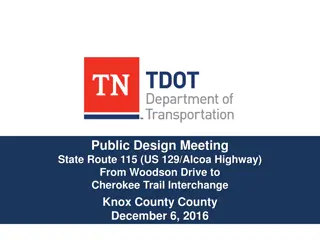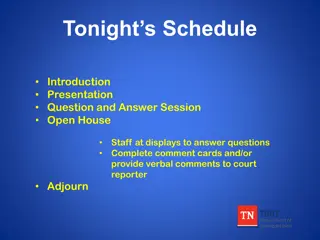
Understanding Prehension and Motor Development in Children
Explore the concept of prehension, the motor development perspective, postural control, biomechanics, motor control view, visual regard, reach, grasp, and manipulation in children. Learn about the components and systems involved in prehension and how prehensile skills develop and change across childhood.
Download Presentation

Please find below an Image/Link to download the presentation.
The content on the website is provided AS IS for your information and personal use only. It may not be sold, licensed, or shared on other websites without obtaining consent from the author. If you encounter any issues during the download, it is possible that the publisher has removed the file from their server.
You are allowed to download the files provided on this website for personal or commercial use, subject to the condition that they are used lawfully. All files are the property of their respective owners.
The content on the website is provided AS IS for your information and personal use only. It may not be sold, licensed, or shared on other websites without obtaining consent from the author.
E N D
Presentation Transcript
Prehension Rebecca Marangos, PT, DPT Blantyre, Malawi 2018
Objectives Delineate the components and systems involved in prehension Describe prehensile skill as it develops and changes across childhood
Prehension The ability to use our hands and upper limbs effectively Act of reaching and grasping which includes the approach (reach), grasp, and releasing of the object Prehension is different from the action of reaching and pointing to an object (aiming skill)
Motor Development Perspective Enables the person to interact with their environment Initial attempt to reach, grasp and manipulate an object is an extremely important sign of motor development 4 months of age First sign of voluntary reach and grasp, which appear simultaneously
Postural Control Anticipatory postural adjustments Feedforward or proactive control Reactive control
Biomechanics Resting muscle length Active and Passive Insufficiency Friction Optimal positioning for grasp and release
Motor Control View Five components of prehension Visual regard Reach Grasp Object manipulation Release
Visual Regard Prior to reaching, the child uses vision to determine the conditions of the environment in which the action will occur Distance Spatial orientation of the object Location Size Visual Perception Depth Perception Figure-ground Eye-hand Coordination
Reach Directing and grading arm position Preshaping of the hand
Grasp Power grips Precision handling Static and Dynamic Prehension Thumb opposition
Manipulation Sustained grip or pinch In-Hand Manipulation Shift Rotation Translation Stereognosis
Release Crude Graded
Bilateral Coordination Symmetrical task Asymmetrical task Motor control Assimilation effect Neural division of labor Hierarchical organization
Prenatal Prehension Development Limb buds appear between the 26thand 27thday of gestation Dermatomes of the skin develop as early as 7 weeks gestation The prenatal environment plays a role in early prehension development Limited space in amniotic sac Hand to mouth Lateralized motor behavior
Infant Prehension Development Vision Reaching
Infant Prehension Development Grip Formation Grasp and Manipulation Release
Infant Prehension Development Bimanual Coordination Role of gross motor development
Reflex Appears Disappears Stimulus Response Grasp 2 wk 4-5 mo Tactile stim; proprioceptive Flexion of fingers; adduction and flexion of the thumb Traction response Week 28 of gestation 2-5 mo Stretch to should flexors and adductors with traction Flexion of the wrist and fingers with synergistic flexion of elbow and shoulder Avoidance response Neonatal period 5-6 mo; fully integrated by 6-7 years Light tactile stimulus to dorsum of hand Extension and abduction of fingers and wrist Instinctive grasp reaction 4-5 mo Persists into adult life Stationary or moving light touch; palm contact Orientating reaction; slight supination; slight pronation 6-7 mo Ulnar or radial palm contact Orienting and groping to find the object 8-10 mo Moving stimulus withdrawn from any part of the palm Orienting, groping and grasping of stimulus ATNR Week 28 of gestation 4-5 mo Passive rotation of head Elbow flexion on skull side, with elbow extension on face side
Preschool Prehension Development (3-5 years old) Reach and Grip Formation Grasp and Manipulation
Preschool Prehension Development (3-5 years old) Hand Preference
School-aged Children Prehension Development Mastery Handwriting
Bibliography Cech, D. and Martin, S. (2012). Functional movement development across the life span. St. Louis: Saunders.




